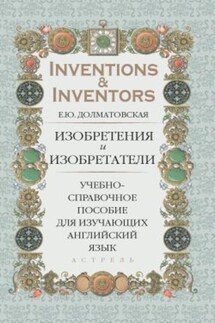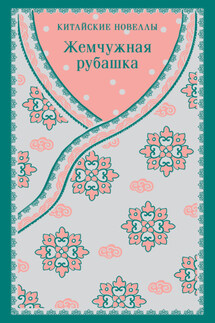Изобретения и изобретатели. Учебно-справочное пособие для изучающих английский язык - страница 4
Words
QWERTY стандартная клавиатура с буквами Q-W-E-R-T-Y в верхнем ряду. (Определяет для английского языка стандартное расположение клавиш на клавиатуре.)
Punch card перфокарта
Keypunch клавишный перфоратор
Keyboard клавиатура
Teletype телетайп
ENIAC, Electronic Numerical Integrator and Calculator электронный цифровой интегратор и калькулятор
BINAC (BINary Automatic) computer сдвоенный автоматизированный компьютер
MULTICS MULTiplexed Information and Computing System информационно-вычислительная система с мультиплексированием каналов передачи данных
Exercises
a. Arrange the following inventions in chronological order:
Computer keyboard, typewriter, teletype machine, keypunch, adding machine, punched card, VDT, electronic keyboard,
b. Fill in the blanks in the table.
a. Describe the history of the keyboard. Use “Comprehension” section as a support.
b. Describe the operations you should use when working with the modern keyboard.
Discuss the problem of improving the design of the modern keyboard.
1.6 Telephone
Telephone is an instrument that is designed for the simultaneous transmission and reception of the human voice. Inexpensive, simple to operate, and offering its user a personal type of communication that cannot be obtained through the written word, the telephone has become the most widely used telecommunications device. Hundreds of millions of telephone sets are in use throughout the world.
1896 Telephone (Swedish)
The word telephone, from the Greek roots tele, “far,” and phone, “sound,” was applied as early as the late 17th century; in modern usage it refers solely to electrical devices derived from the inventions of Alexander Graham Bell[2] and others. The U.S. patent granted to Bell in March 1876 for the development of a device to transmit speech sounds over electric wires is often said to be the most valuable ever issued. The general concepts involved in the invention of the telephone–of speech sounds as a complex of vibrations in air that is transferrable to solid bodies and of the convertibility of those vibrations to electrical impulses in conducting metals–had by then been understood for decades. Bell was but one of a number of workers racing to pull them together into a practical instrument for the transmission of speech.
Within 20 years of the Bell patent, the telephone instrument, as modified by Thomas Watson, Emil Berliner, Thomas Edison, and others, acquired a form that has not changed fundamentally in a century. Since the invention of the transistor in 1947, metal wiring and other heavy hardware have been replaced by lightweight and compact microcircuitry. Advances in electronics have improved the performance of the basic design, and they also have allowed the introduction of a number of “smart” features such as automatic redialing, call-number identification, and analog-to-digital conversion for transmission over digital circuits. Such advances supplement, but do not replace, the basic telephone design. As it has since the early years of telephone communication, the telephone instrument comprises the following functional components: a power source, a switch hook, a dialer, a ringer, a transmitter, a receiver, and an anti-sidetone circuit.
Words


